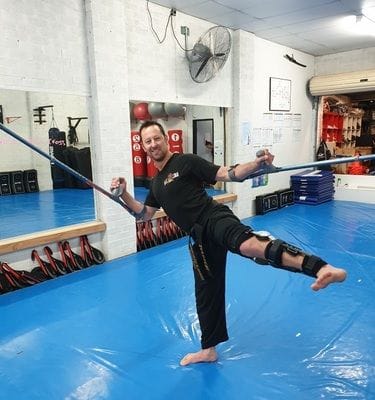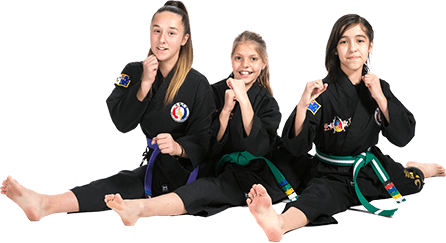Valuable Article on Managing InjuryWritten on the 29 August 2025 )
Good things come at a price. With sports and martial arts that price can be an injury. Some people are a little more prone to injury than others, however that doesnt mean one can't enjoy martial arts. You just need to know how to manage any injury if and when it happens! Want to learn how athletes recover so quickly??? It starts with your attitude...Dont get bitter, get better! An injury can drain your motivation. Avoiding injury can be achieved by always warming up correctly, constant stretching and taking your time learning techniques. Unfortunately, however all physical activity carries a risk of injury. If you are to sport an injury, tell your instructor immediately, record it and take note of the following information on how you can recover quickly. How do professional athletes recover so quickly? Take special note of the following five key things you can do to get you recovering from injury like a professional. Whether it's a sprained ankle, torn ligament or muscle strain, there is usually some degree of soft tissue damage. These soft tissues contain blood vessels, so when they get injured they bleed, causing the area to swell. This initial swelling is the first stage of the inflammatory pathway and it kicks starts the body into healing the injury. The goal is not to stop the inflammatory process, but rather to control it and guide it in the right direction, so that your injury heals in the shortest possible time.
Coach Giorgio sustained a grade 3 torn PCL knee injury in mid 2020, back training on the mat in 3 months and achieved both his 4th Degree Hapkido and Purple Belt in BJJ later that same year.
Here's what professional athletes do and what you need to know: 1) ACT FAST Professional athletes have Sports Physio's on hand and start initial treatment as soon as they are injured, to control swelling and inflammation from the outset. Get familiar with the RICER protocol below: REST: Cease activity to protect from further injury. ICE: Apply it for 20 minutes every two hours for up to 48-72 hours. COMPRESSION: Use a compression bandage to minimise swelling. Don't make it so tight there's tingling or colour change! ELEVATION: Elevate the injury above heart level, without increasing pain. REFER: the injury to a specialist in the specific area. The key thing is to get through as many cycles of ice, compression and elevation as possible in the first 48-72 hours. This will make a massive difference to your recovery time, because of the swelling control. 2) GET THE RIGHT ADVICE Correct diagnosis is paramount, as it means the appropriate treatment can be started straight away. For most injuries physical examination by a skilled medical pro should be enough to diagnose the injury, however sometimes this needs to be confirmed by XRay or MRI scan. Depending on the severity and location of injury, a period of bracing may be required to ensure optimal healing. It is important to find out what you can and can't do with respect to continued training. Professional athletes have tailored rehab plans worked out for them by their physio to minimise muscle wasting and loss of fitness. 3) WORK HARD Unlike professional athlete's we all have day jobs, but when pro's get injured they work extremely hard at their rehabilitation. They will have daily, if not twice daily physiotherapy, weights, stretches and exercises multiple times every day. This is the primary reason they recover faster, it's not magic, they get treated twice a day and work at it 5-6 hours a day, compared to a recreational athlete who gets treated 2-3 times p/week and exercises once p/day. 4) BE PATIENT Returning to activity too early is a disaster. You can't beat biology, different injuries heal at different rates and if it hasn't healed, then exercising too soon could cause long-term pain and damage. Professional athletes are guided by medical professionals about the appropriate time to return. No matter how good you are, if you come back too soon and your rehab is under done, you risk re-injury and a longer period of recovery. 5) CONTROL THE LOAD This is an extension of being patient. Medical professionals will closely monitor athletes return to training. The injured tissues need to be carefully loaded and given time to strengthen up. After a period of rest, your whole body loses fitness which can predispose you to other injuries. Easing back into full sports via a controlled loading plan will minimise the chance of re-injury. Hope this helps! |





